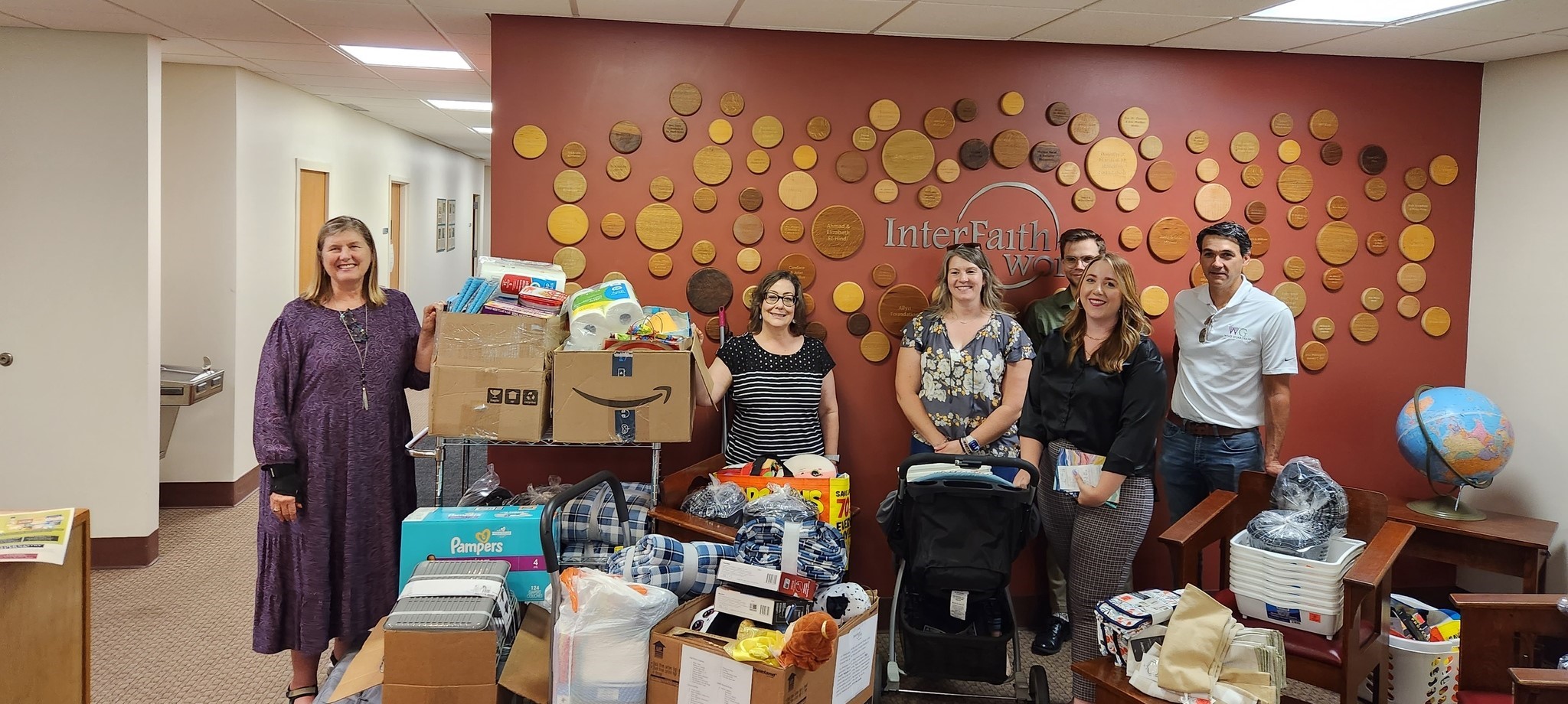Bea Lea, a new American and mother of three young children, didn’t expect to be fighting another battle here in the United States when she fled her native country of Congo. Her eyes have seen a lot, including the deaths of her father and brother, but nothing prepared her for what the family would endure shortly after they moved into their first home on the Northside of Syracuse.
At first glance, her three-year old son, George, is an outgoing, vivacious toddler trying to keep up with his siblings. However, underneath the smiles and countless conversations he tries to convey is a young boy who has already been robbed of his childhood.
Lea doesn’t remember the exact day George fell violently ill, but she said she remembers being at a standstill, scared of the sudden sickness George was exhibiting. Extreme bouts of diarrhea and uncontrolled vomiting consumed him. Frightened, Lea took him to the hospital where he was later found to have a blood lead level of 32 micrograms per deciliter.
“I kept saying ‘what is lead?’ to the doctor,” said Lea. “I was confused because in my country we don’t have lead.”
The Federal Government banned the use of lead paint in 1978. But the poisoned paint still lingers in walls, doors and porches in numerous Syracuse homes. About 91 percent of homes in Syracuse were built before 1980, according to the U.S. Census.
George has already gone through three very painful medical procedures known as Chelation Therapy. The procedure itself involves the administration of chelating agents to remove heavy metals from the body. When Lea took her son back to the hospital for a check-up, it had been discovered that George’s blood lead level had risen to 38 and then again to 42 micrograms per deciliter.
“After Legal Services of Central New York educated me on lead in my home, I went back to the doctors and said, ‘I believe my baby is going to die” said Lea. “‘And if my baby dies, you’re going to have to kill me, too, so you need to help me get out of this home.’”
Since the move, Lea says that her son’s blood lead levels are slowly coming down.
“New Americans come to the United States to make a better life for themselves and their children,” said Lea. “We are walking right into a new danger in a place we thought would provide us safety.”
Lea has been unable to work because of the constant care that George requires. She expresses that a part of her identity has been lost in all of this, too. George is not currently enrolled in school because of his health.
“Imagine being told your child will never be smart again,” said Lea. “Knowing that your child was born healthy and smiling and he is now changed forever.”
Lea says she wants people to be held accountable for their actions and the government to take measurable steps to ensure this doesn’t continue to happen in Syracuse.
“We need to talk to the government and really do something,” she said. “The landlords of these homes already know that their properties have a problem with lead. If something is done we can put an end to this.”
It is time to eradicate childhood lead poisoning in Syracuse for good.
Together, we can do better for our children.




